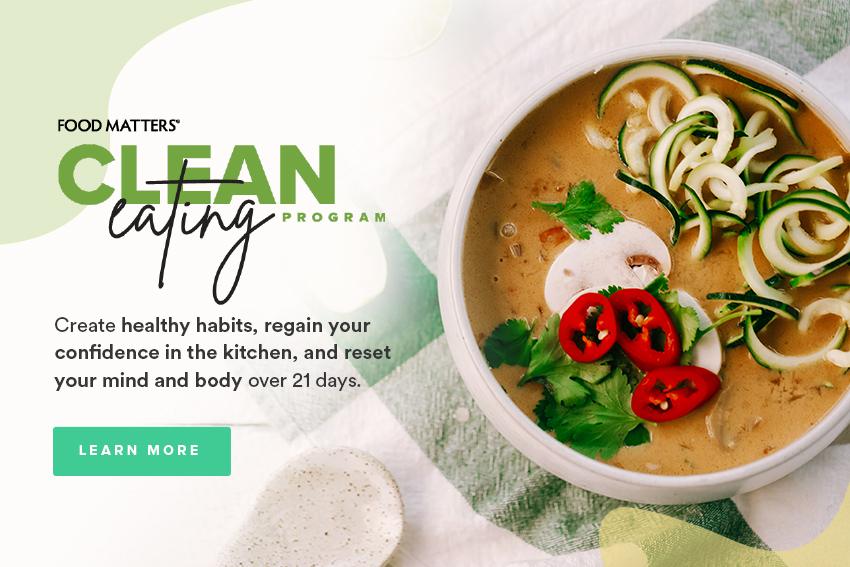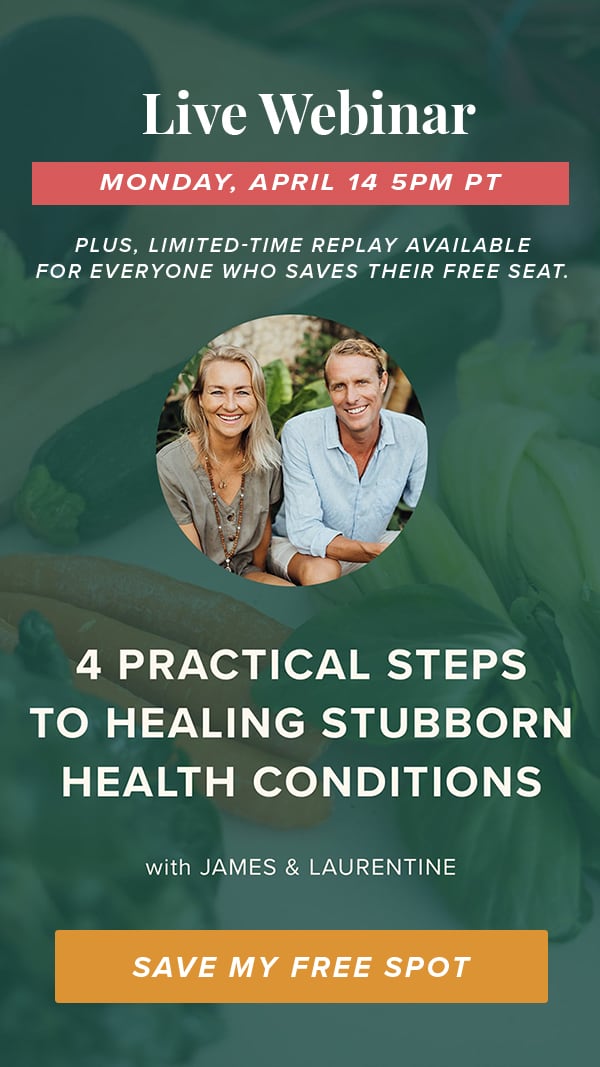17 Gluten-Free Baking Hacks
One thing that people find the most challenging when going gluten-free is making foods taste as good as they used to. And when first starting out, baking can feel a little disastrous. Between crumbly cakes and uncooked batters, it’s not always as easy as a simple flour switch (trust me, we wish it was)! But just because we’re making a decision to support our overall health & wellbeing, it shouldn’t mean we have to miss out on these treats in life. To spare you the lengthy expense of trial and error, I want to share 17 gluten-free baking hacks I’ve discovered for kitchen success.
But first of all, how is going gluten-free going to impact your health for the better?
A study published in the Journal of the American Medical Association found that people with diagnosed, undiagnosed, and latent celiac disease or gluten sensitivity had a higher risk of death, mostly from heart disease and cancer. This may sound grim, and I promise it is the extreme end of the scale, but these are some of the common risks of excess gluten consumption (especially if you know your body can’t tolerate it).
For those with any form of gluten sensitivity, bloating, fatigue, and digestive problems are common, and at times symptoms may escalate to unintentional weight loss, malnutrition, intestinal damage (or even leaky gut), and chronic inflammation. And the studies are indicating it’s not just those with celiac disease who are adversely impacted.
But what do you do to help alleviate the burden of gluten on the body? Well in my experience, it all starts by getting a little creative in the kitchen.
So, for those ultimate baking hacks I promised...
-
Start with gluten-free flours and/or blends that most closely imitate using wheat flour. Some of my favorites are cassava (manioc) or blends such as almond/cassava/brown rice. The best way to find the sweet spot for each recipe is by mixing different flour blends. Cassava (manioc), almond, brown rice, buckwheat, tapioca… You’ll be surprised at the tasty food you can create.
-
Opt for naturally gluten-free recipes. Sometimes the easiest way to skip the gluten is by reaching for recipes that don’t call for wheat flour in the first place.
-
Adjust your baking times if you’re adapting a recipe. Often gluten-free flours take a little longer to cook.
-
On that note, gluten-free recipes tend to brown faster - so try lowering your oven temperature by 25 degrees C (77 degrees F) and giving it a little more time.
-
Beware of gluten fillers in other foods. Gluten tends to be hiding in so many places, so ensure you’re double-checking the back of the packet for any nasties lurking.
-
Traditional food colorings are one of the most easily contaminated baking additions (as well as being packed with so many unnecessary nasties). Try these natural alternatives instead.
-
Start cooking with almond meal. This will yield a dense batter, but it’s delicious and delightfully nutritious.
-
Substitute flours with a ground flaxseed and water mixture for added nutrition. Try switching out ¼ cup flour with ¼ ground flaxseed + ¼ cup water, mixed into a paste.
-
Sift the flour when adding - you can even do this twice. This helps to lighten and aerate dense blends.
-
Then, spend more time beating mixtures to work in as much air as possible. Typically, gluten creates air pockets that lead to a light, fluffy texture. When taking gluten out of the picture we need to work these in ourselves.
-
Rest your batter. This gives the starches time to absorb the liquid and soften before baking.
-
Keep it loose. Gluten-free batters tend to be more naturally runny, so you may be tempted to add more flour. This will only lead to a dense product once baked.
-
Make sure to use containers with walls, especially for bread. Because of the runnier texture, gluten-free foods are more likely to move. Having a container with walls will help it to move in the right direction.
-
Where possible, use silicone molds and baking papers instead of paper. Because of the stickiness of gluten, it’s more likely to stick to surfaces. Baking-safe silicone helps to remedy that.
-
Use applesauce or mashed banana for extra moisture. These fruits are a good way to add natural sweeteners while helping to retain a light, moist texture.
-
When making gluten-free pastries, use a good-quality fat like grass-fed butter or ghee. If using a dairy-free alternative, remember that the pastry will be a lot more fragile to handle - so take care.
-
Use a blend of baking soda and gluten-free baking powder when leavening breads.
Try our favorite naturally gluten-free recipes. We’ve done the hard guesswork for you! Pro-tip: you can use the drop-down menu on our recipe page to cater to any dietary needs; gluten-free, dairy-free, paleo, vegan - you name it.
Take the stress out of cooking with 21-days of guided meal plans, shopping lists, and nutrition support. You’ll find all of this, and more, in our signature Clean Eating Program.









